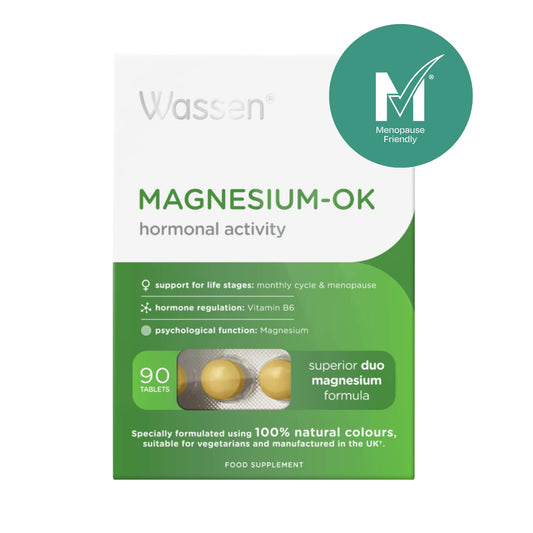What is the Menopause?
The actual definition of the ‘menopause’ is actually just one moment – the last time a woman has a period. That is it…just one moment. This is not really what we have colloquially come to understand what the menopause means – terms like starting to approach the menopause, going through the change, feeling menopausal – these terms more accurately express the real meaning of the menopause. What is really being described is a life stage, a period of change when the female body gets ready to stop being able to reproduce and enters the next phase of post menstruation. As with most naturally occurring and perfectly healthy changes, the experience is gradual and requires a little recalibration.
Commonly understood stages of the menopause:
Premenopausal: usually from around 40, this is when hormonal changes are beginning, and your period may become less regular.
Sometime, usually in your forties, your body recognises that it is not really in the right life stage to have children, the production of eggs by the ovaries becomes less effective and as a result the trigger for the release of oestrogen into the system (enabling the menstrual cycle and fertility), lowers.
Peri-menopausal: you are making less oestrogen and progesterone. You may start to get signs that your body is needing to readjust to new hormone levels.
All sorts of tell-tale signs that circulating levels of oestrogen have dropped can occur, including; changes in cycle length and menstrual blood flow, issues in temperature regulation, lower libido, and low energy. These are normal and healthy however making sure that the body is supported with a healthy lifestyle and balanced dietary choices can help to make sure that you have the best chance of sailing through.
Post-menopausal: this is 12 months from your last menstrual period. The average age in the UK is 491.
As hormone levels start to drop the normal menstrual cycle becomes distorted, eventually stopping completely. The body then starts to try to rebalance itself, aware that there has not been an egg released it pumps more and more oestrogen into the system in an effort to prompt ovulation. As the ovaries become super stimulated they can temporarily ovulate a few more times until they give up and the body produces an alternative form of oestrogen from either fat cells or the glands that are responsible for releasing our stress hormones. Clever. The combined efforts of these two, although valiant, can never raise the levels of oestrogen to that of pre-menopause and so the body starts to ‘reset’. It is around this time that the body can add on a few extra pounds. Retaining fat, usually around the middle, is to be expected – fat cells produce oestrogen and so this is the body’s way of trying to smooth out the bumps in one way….by adding in a few! Just keep a healthy weight and maintain your fitness levels and try not to worry!
- Pokoradi AJ, Iversen L, Hannaford PC, 2011, Factors associated with age of onset and type of menopause in a cohort of UK women, American Journal of Obstetrics and Gynecology, article in press, published online 27.02.11





